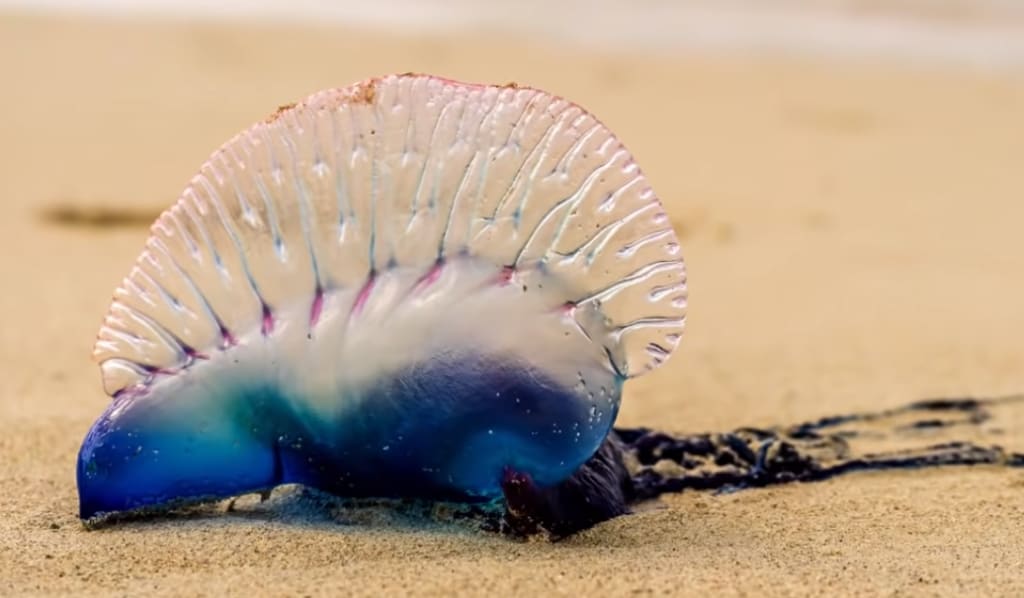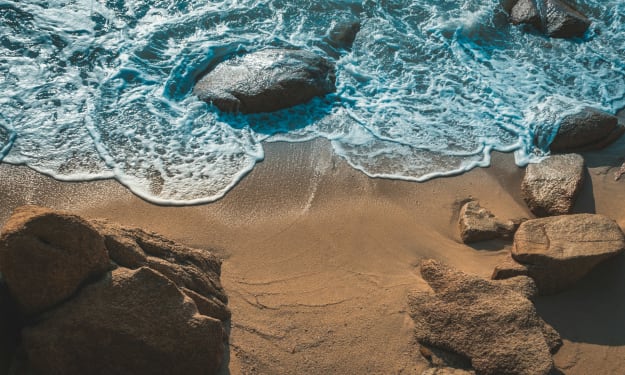"If You Ever Come Across This On The Beach, Seek Help!"
The Most Dangerous Sea Creatures You Can Meet and How to Recognize Them

The ocean is home to a vast array of species, some beautiful, some deadly, and some a combination of both. It can be difficult to recognize which creatures are safe to touch and which ones you need to avoid at all costs. A simple walk on the beach or swim in the sea can quickly turn dangerous if you encounter a venomous or toxic sea creature.
To help you stay safe, we've compiled a list of the most dangerous sea creatures you can meet and how to recognize them.
10. Fire Coral
Fire coral may look harmless, but it's one of the most dangerous creatures you can encounter while scuba diving. These small organisms can sting, causing mild irritation or severe pain, nausea, and vomiting. If you decide to go scuba diving, make sure you have all the necessary gear and avoid touching anything.
9. Flower Urchin
The flower urchin is both beautiful and deadly. It contains toxins that can cause anaphylactic shock, convulsions, and even death. If you step on a flower urchin while swimming, you need to be careful and watch your step. Many people who step on flower urchins die not because of the toxin itself but because they get disoriented by pain and drown.
8. Cone Snail
Cone snails may be pretty, but they're incredibly dangerous. Scientists say that just one drop of the cone snail's poison is enough to kill 20 people. The respiratory system shuts down due to paralysis, causing death. Avoid picking up cone snails, no matter how pretty they look.
7. Portuguese Man-of-War
The Portuguese Man-of-War is often mistaken for a jellyfish, but it's a completely different species. It's found mostly in tropical and subtropical regions of the Pacific and Indian Ocean but can be carried by currents to places where it doesn't usually live. Although it's not deadly, its venom is extremely painful, and can stay on beaches for days after the animal itself is gone. Look for warning signs if you're on a beach, and if you're stung, use cold to reduce the swelling and kill the pain.
6. Sea Snakes
Sea snakes are much more venomous than their land-living counterparts. Their venom immobilizes their prey quickly, making them deadly hunters. Although most sea snakes have an anti-venom that can save your life if you're bitten, the beaked snake is one species you don't want to encounter. Just one drop of its venom can end the lives of three men.
5. Lionfish
Lionfish are not deadly, but their venom is incredibly painful. Although many people call them the most beautiful sea creature in the world, you should avoid touching them at all costs. If you get stung, the pain can be so severe that you might wish you were dead.
4. Chironex
Chironex jellyfish may not have teeth, but they're dangerous nonetheless. If a person gets stung, they will experience excruciating pain, red inflammation in the stung area, and heart dysfunction. The victim needs to be taken to the nearest hospital as soon as possible, or death is inevitable.
3. Surgeonfish
Surgeonfish are not generally considered dangerous, but they have sharp spines that can cause serious injuries if you accidentally step on them. Be careful when swimming around coral reefs, as surgeonfish like to hide in the nooks and crannies.
2. Barracuda
Barracudas may look intimidating, but they're not usually aggressive towards humans. However, if you're swimming with shiny jewelry or other objects that resemble fish scales, they may mistake you for prey and attack.
1. Great White Shark
The great white shark is one of the most feared creatures in the ocean, but they're not as dangerous as you might think. Although they've been known to attack humans, they're not usually interested in us as prey. If you encounter a great white shark, stay calm and avoid splashing around. Slowly back away, and if the shark approaches you, try to punch its nose or eyes.
It's essential to be aware of the most dangerous sea creatures you can encounter while swimming or scuba diving. Always exercise caution and avoid touching anything that you're not sure about. By following these tips, you can enjoy your time in the ocean safely.
About the Creator
Abdul Hannan Saif
Blogger | Writer | Explorer | wish to inspire, inform and help others to see fascinating discoveries and live a fulfilled life!






Comments
There are no comments for this story
Be the first to respond and start the conversation.